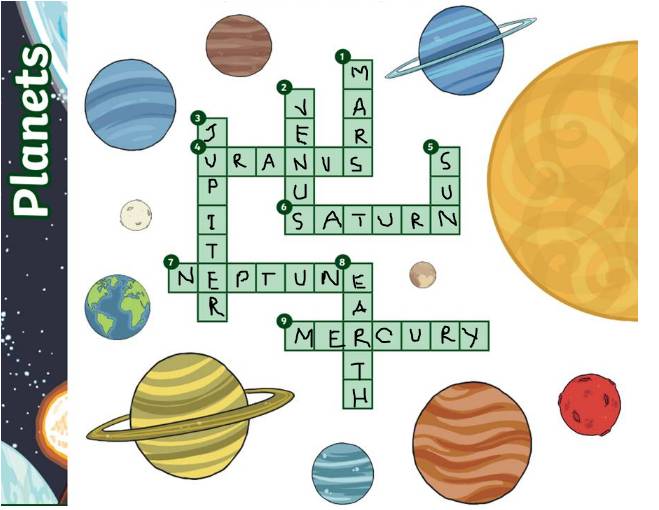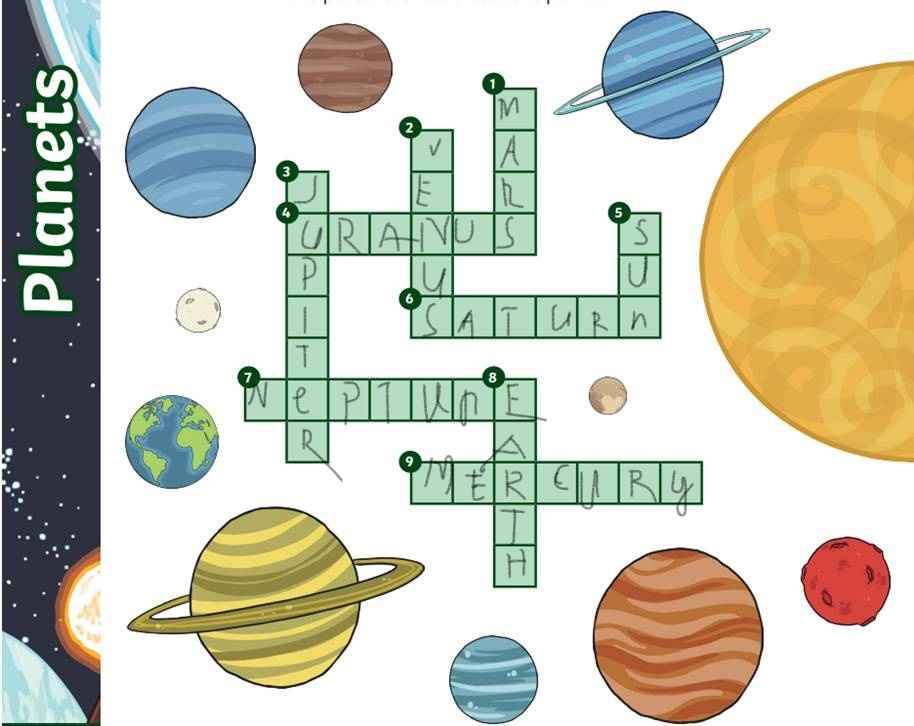Hãy nhập câu hỏi của bạn vào đây, nếu là tài khoản VIP, bạn sẽ được ưu tiên trả lời.

1. It is a gas giant Jupiter.
2. Clouds are made of methane, hydrogen, and helium.
3. Saturn is the least dense planet in our solar system and is made mostly of hydrogen and helium.
4. Because it is so lightweight and spins so quickly.
5. Saturn is surrounded by thousands of small rings made of rocks and rice.
1 It is a gas giant like Jupiter.
2 Clouds are made of methane, hydrogen, and helium.
3 Saturn is the least dense planet in our solar system and is made mostly of hydrogen and helium.
4 Because it is so lightweight and spins so quickly.
5 Saturn is surrounded by thousands of small rings made of rocks and rice.

Dịch :
Xin chào, tôi là một nhà thiên văn học. Tôi thích nghiên cứu về hệ mặt trời. Hành tinh yêu thích của tôi là hành tinh lớn thứ 2 trong hệ mặt trời. Số phận của nó thấp hơn nước, thật kỳ lạ! Và hành tinh này cũng có các vành đai lớn nhất trong 4 hành tinh ngoài, quỹ đạo xung quanh đường xích đạo. Vì vậy, tên của hành tinh tôi đã đề cập là gì?
Trả lời :
I think is Venus

__TRUE__ 1/ A planet revolves around the Earth.
__TRUE__2/ Venus, Mars and Neptune are planets and stars.
__TRUE__ 3/ The Greek were the first to recognize some of the planets.
__TRUE__ 4/ The planets in our solar system travel around the sun and in elliptical orbits .
Sao đúng hết vậy ta ( có thể câu 2 là FALSE nhé bạn ) tớ học Anh Văn cũng không tốt lắm đâu . Đúng thì like cho tớ vui vưới nhé !

VI.Read the passage carefully, tlien decide whot hen the following,statement are true T) or false (F)
There are nine planets in our solar system. These planets each have their atmosphere and environmental conditions. Scientists have been trying to research other planets to see if it is possible for life to exist on the other eight own bodies in space.
Mercury and Pluto are probably the most difficult to research because of their position in the solar system. Mercury is so close to the sun that with our current technology a space shuttle would burn up before it even reached its atmosphere. Pluto is so far away that some scientists believe that it may not even be a planot but a large asteroid or comet. A space shuttle can not trave that far away because it is so far away from the sun that it would freeze.
Many scientists also believe that our solar system is not alone in the uni- with us. It is difficult to know if there is life present elaewhere in the universe. for many years to come. yerse. Many believe there are several other systems that share the uhiverse .The universe is a complex structure of space that may continue to be a mysterey for many years to come
32. There are nine planets in our solar system, besides Earth. T
33. It is difficult to study the planet Mercury because it is very close to the sun.T
34. We don't know much about Pluto even though we can see it up close F
35. Pluto may not be a planet, according to some scientists. T
36. Scientists have got enough information about the universe F
#Yumi

VI. Read the passage carefully, then decide whether the following statement are true (T) or false (F).
Mars, commonly referred to as "the red planet," is the fourth planet from the sun. Its reddish color comes from the high amounts of iron oxide on its surfaco. Mars has surface features similar to those found on the moon and on Earth. It has ranges, volcanic fields, valleys, ice caps, canyons and deserts. Mars is much smaller than the Earth. It has approximately half the radius of Earth. Mars orbits the Sun a little further than Earth. Mars takes 686 days to orbit Sun. In other words, the orbital period of Mars is almost twice as long as Earth's orbital period. Many spacecrafts have attempted to visit Mars, the most notable of which was NASA's Mariner 4, the first to.visit in a fly-by in 1965. In 1976, Viking 1 and 2 became the first spacecrafts to conduct successful and sustained landings on Mars. They provided the first color photographs of the "red planet."
32. The red color of the Mars comes from the sand on its surface. F
33. The Earth is four times larger than Mars. F
34. It takes Mars much longer to orbit the Sun than it does Earth. T
35. Viking 1 and 2 were the first spacecrafts to visit Mars. F
36. The first color photographs of Mars were provided by Viking landers. T



